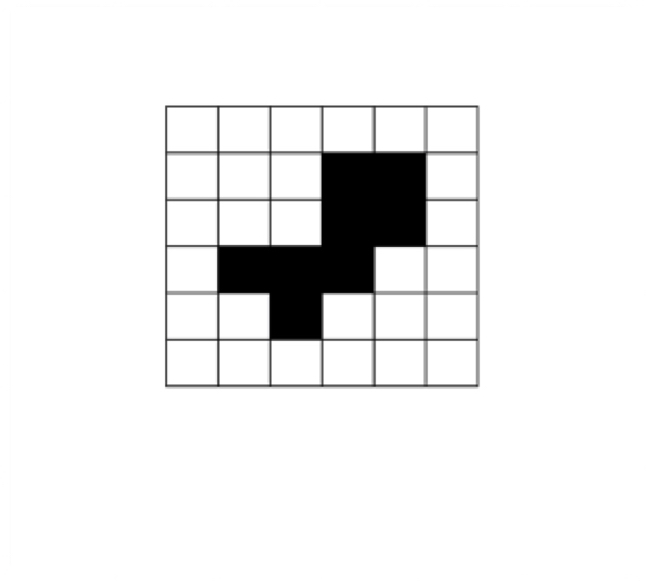Home / Science, Engineering & Maths / Maths / An Introduction to Recreational Math: Fun, Games, and Puzzles / The rules of the Game of Life
This article is from the free online
An Introduction to Recreational Math: Fun, Games, and Puzzles


Reach your personal and professional goals
Unlock access to hundreds of expert online courses and degrees from top universities and educators to gain accredited qualifications and professional CV-building certificates.
Join over 18 million learners to launch, switch or build upon your career, all at your own pace, across a wide range of topic areas.

 A Garden of Eden is a pattern that does not have a predecessor (sometimes called a “father pattern”), so it can only be the 0’th generation. Here is a ‘Garden of Eden’:
A Garden of Eden is a pattern that does not have a predecessor (sometimes called a “father pattern”), so it can only be the 0’th generation. Here is a ‘Garden of Eden’:


